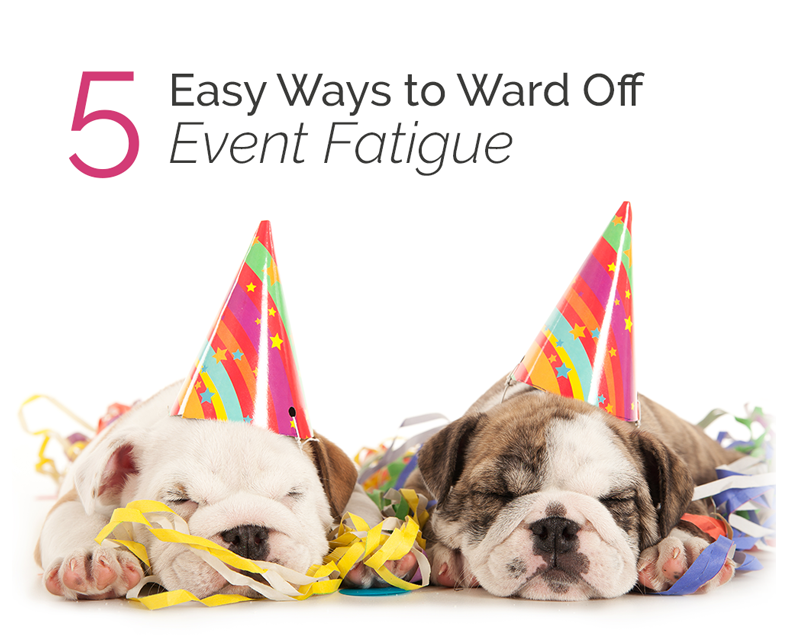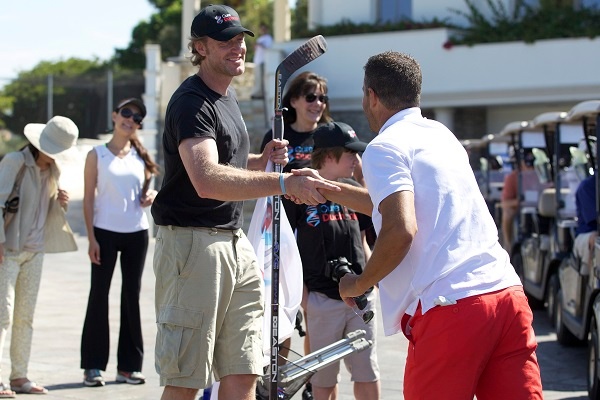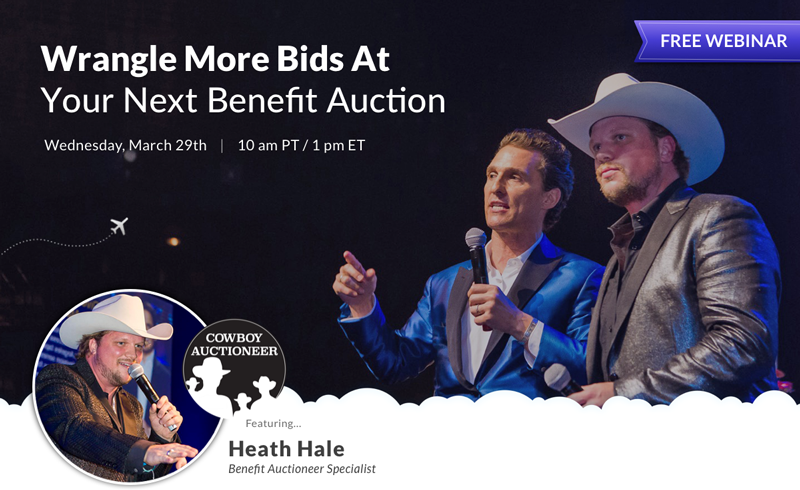Are your donors suffering from “event fatigue”?
As experts in charity auction fundraising, we know events are an important part of many nonprofits’ donor development strategy. When done right, they generate much-needed return and improved engagement with your supporters.
However, it’s important to know when an event has run its course, and change is needed.
“If an event has grown old and stale, it’s time to blow it up,” asserts Carlos Leija, Chief Development Officer at Orangewood Children’s Foundation in Santa Ana, Calif.
Read on for Leija’s 5 tips to use donor feedback to assess the viability of events, as provided in the latest episode of our event fundraising podcast, Events with Benefits.
1. Listen to Your Donors
The most important key to knowing when to revamp an event? Listen to your donors, advises Leija.
“For decades we held our annual gala, the Orange Blossom Ball. It was a cornerstone event in Orange County and raised nearly half a milliion dollars in revenue each year.
About six years ago we decided the event was still exciting, but there were so many black tie events in the area, we needed to stand out. We tried changing up the theme (one year was “Mai Tai, No Tie,” and everyone was decked out in Tommy Bahamas shirts!).
By the end we had to listen to our busy donors and be mindful of an already full event calendar. So, even though I was terrified, we eliminated our gala. Looking back on it, it was the most strategic move we could have done.”
Here’s what made the move so successful.
First, they prioritized their donors’ interests and needs over “the way things have always been done.”
“We were mindful of donors’ capacities and interests,” says Leija. “For example, a lot of event guests want experiential auction items. They want to meet NFL players, they want to interact with hockey players. So I make sure to incorporate those interests into our events and auctions.”
“It’s all about being respectful of what they want to participate in.”
It’s no secret change can be difficult in the nonprofit world. But if you’re always going back to the same donor base, you have to consider donor fatigue and what else is on their plate.
2. Get Creative

Putting out the same ten auction items, having the same speakers and raffle games just doesn’t cut it for most organizations looking to raise more money than before.
“Try focusing on how your event can be different from other organizations in the area,” Leija advises.
Some of their latest events that have replaced the traditional black tie gala:
- a Holiday Tea at the Ritz-Carlton with moms, grandmothers and grandchildren
- a meet-and-greet with the Anaheim Ducks
- a gala and golf tournament at Monarch Beach Resort featuring NFL players
- the Orangewood Adventure Challenge, in which teams of 4 compete in swimming, biking and running. (“It was totally different than anything else we have had, but itt brought out a certain niche of people that loved it!”)
To generate creative ideas that surprise and delight donors, consider sending out a survey or taking major donors out to lunch. More than likely they’ll be happy to offer some insight into what it is about your organization that stands out from the rest.
{{cta(‘155e7ab8-26ba-4ec2-8510-2e2f23f7822a’,’justifycenter’)}}
3. Assess Returns
At the children’s foundation, events make up just a portion of their overall development strategy.

When canceling the gala, they strategically reallocated resources to other areas of their overall development strategiy that were working even more effectively.
They directed the money, time and resources that would have been spent on the gala to different events that, at the end of the day, had the most net revenue.
“Take a step back and look at your model,” Leija suggests. “We had another event that was starting to look stale after just 2 years. We knew we needed to create interest and enjoyment, so we nixed it the next year.”
Although the new event brought in slightly less than its predecessor, the engagement and buy-in generated by the new event made it a springboard for next year that was well worth the time and risk.
4. Sustain Relationships Year-Round
The more you can sustain relationships with donors year round, the less you’ll rely on holding event after event to stay afloat.
“Having been with the foundation for ten years, I know what donors’ and board members’ motivations and interests are,” says Leija. “I know they’re not all that interested in events any more, so I can be more mindful and intentional about the asks I make.”
For example, they set up a board support plan for every board member.
Additionally, they make it a priority to talk to major donors – those buying the big packages, sponsorships and more – throughout the year.
{{cta(‘61142368-4266-4a9c-be60-f3fa02e530a8′,’justifycenter’)}}
5. Expand Your Circles
Finally, expanding your circles is a key part of development strategy.
However, Leija acknowledges this is a big challenge, especially for smaller or newer nonprofits. It takes a lot of time, resources and energy to get people invested in your cause.
Try starting with a small lunch to find key underwriters, advises Leija.
“One year, we had a small budget for a keynote speaker at a particular event. However, we had two chairs one year that were selected very strategically because we knew they had a big desire to underwrite a particular speaker. So they paid for the speaker well above our limited budget. The name recognition had a big draw in the commmunity, and we sold more tickets and sponsorships than ever. We wouldn’t have been able to do that without underwriting.”
The biggest upside of events is that you make new friends.
“Relationships are the biggest opportunity for good that can come from events.”
{{cta(‘f2a7ad66-bc37-4f6f-ac57-1560c652588b’,’justifycenter’)}}
Bottom line: If not planned correctly, an event can take a lot of work and net you very little return. So you want to listen to your supporters and make sure each event is tailored to their current needs and motivations.
This week on Events with Benefits: Donor Development with Carlos Leija
Today’s post was just a taste of the information provided by Carlos Leija, Chief Development Officer at Orangewood Children’s Foundation. In today’s podcast, we’ll cover…
- What motivates your donors and event guests
- How to revitalize a stale event
- How to recruit, recognize and retain volunteers
- Unique ideas for new fundraising events
- Advice for procuring successful live auction items
- How to think more like a business and maximize return on investment…and more!
Hit play below to listen to the 30-minute podcast free (or click here to visit the full site).
If you like what you heard, log onto your iTunes or Podcast app on your smartphone to subscribe and review.
Webinar Registration Now Open
Wednesday, March 29th • 10am PT / 1pm ET
{{cta(‘3611286e-2094-4141-a067-10d8a01736fb’)}}
Finally, we’re teaming up with Heath Hale of Cowboy Auctioneers for a free 1-hour webinar all about raising every dollar possible from your live auction. Spots are limited so reserve yours today. We hope to see you then!



